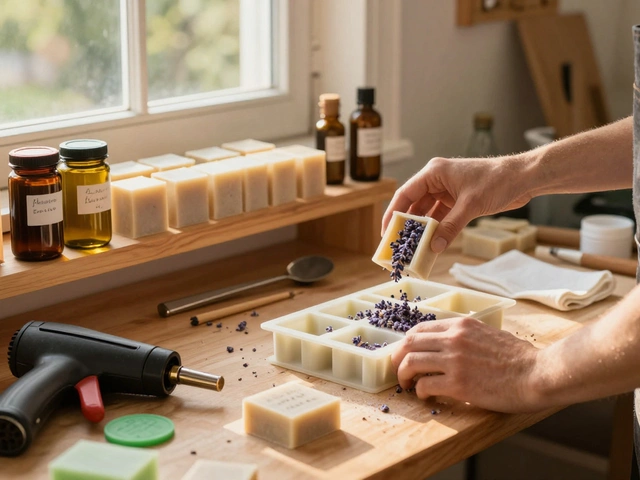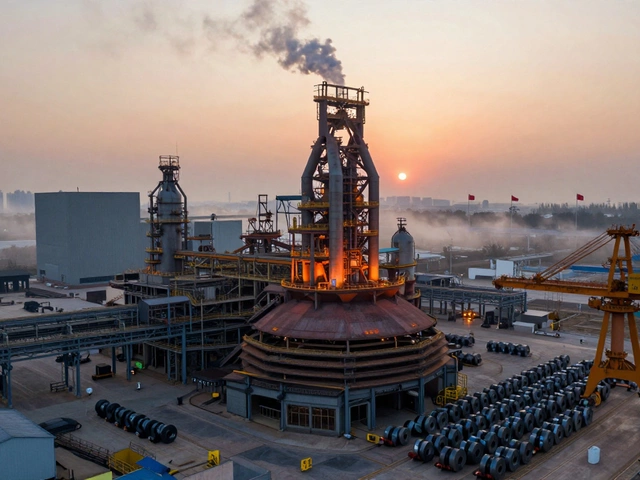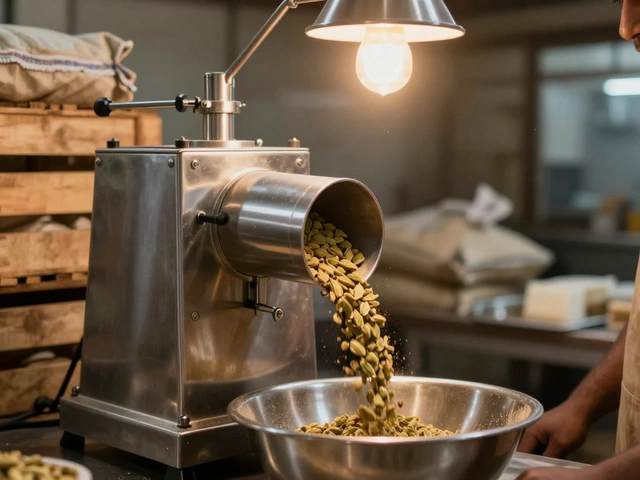Top Producer: What Makes a Manufacturer Lead the Pack
Ever wonder why some factories churn out winning products while others barely stay afloat? It usually comes down to a few habits that turn an average plant into a top producer. Below we break down those habits, show you what products are hot right now, and give you quick actions you can take today.
Key Traits of a Top Producer
First off, a top producer never skims on data. They track machine uptime, material waste, and worker efficiency every shift. When a line slows, they spot the bottleneck within minutes and shift resources before downtime hurts the bottom line.
Second, they treat every employee like a problem‑solver. Simple daily huddles let operators flag issues, suggest tweaks, and celebrate small wins. That culture keeps morale high and ideas flowing, which is priceless in a competitive market.
Third, technology isn’t a buzzword – it’s a toolbox. From IoT sensors that alert you when a motor runs hot, to ERP dashboards that forecast demand, the best producers blend steel and software. The result? Faster changeovers, less scrap, and a clearer view of what the market wants next.
High‑Demand Products to Watch in 2025
Now, let’s talk product side. Data from our recent posts shows three categories blowing up this year: pharma components, smart furniture, and sustainable textiles.
Pharma hubs like Baddi and Hyderabad are cranking out APIs and vaccine kits faster than ever. If you can source raw material reliably, the profit margin on these items rivals high‑tech electronics.
Smart furniture is another winner. With more people working from home, modular desks that embed charging ports and IoT sensors are selling out fast. Manufacturers who add a simple cable management tray can charge a premium.
Lastly, sustainable textiles—especially recycled polyester—are getting big orders from global brands chasing eco‑claims. A modest investment in a low‑temperature dyeing line can lower water use and open doors to high‑margin contracts.
Putting it together, a top producer watches the numbers, empowers its crew, and picks the right product wave. If you’re starting a small‑scale plant, focus first on data collection: install a basic sensor on the main conveyor, log downtime, and use that info to tweak schedules.
Next, run a quick huddle every morning. Ask three questions—what worked yesterday, what didn’t, and what can we improve today? Write answers on a whiteboard and revisit them weekly. You’ll see patterns emerge without spending a rupee.
Finally, scout one of the high‑demand niches. Talk to a local pharma supplier or a furniture showroom to gauge interest. Even a small batch pilot can prove the market and give you a story to tell investors.
Bottom line: being a top producer isn’t about fancy machinery alone. It’s about marrying solid data, people power, and the right product focus. Start with these steps, and you’ll be on the fast track to leading your industry.
What Company Produces the Most Plastic in the US? The Big Players Uncovered
Ever wondered which company is responsible for most of the plastic made in the US? This article digs into the number one producer, what drives its massive output, and how that affects your daily life. Expect real numbers, market insights, and some surprising facts about plastic's journey from factories to your hands. You'll get a look at big competitors trying to catch up and some tips on how big businesses manage their plastic footprint. Stick around to see who tops the list and why that matters for everyone.
Read More




